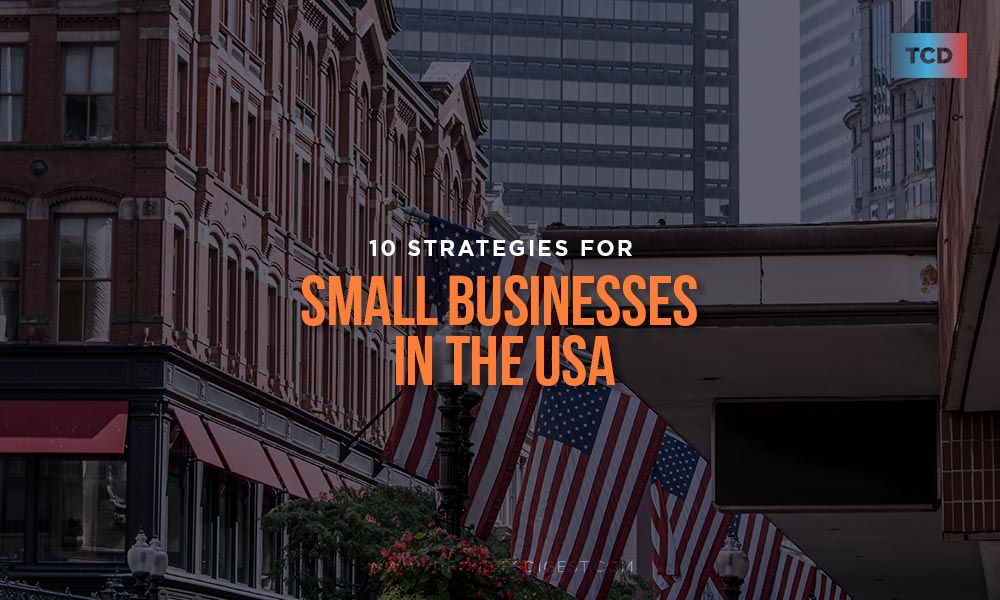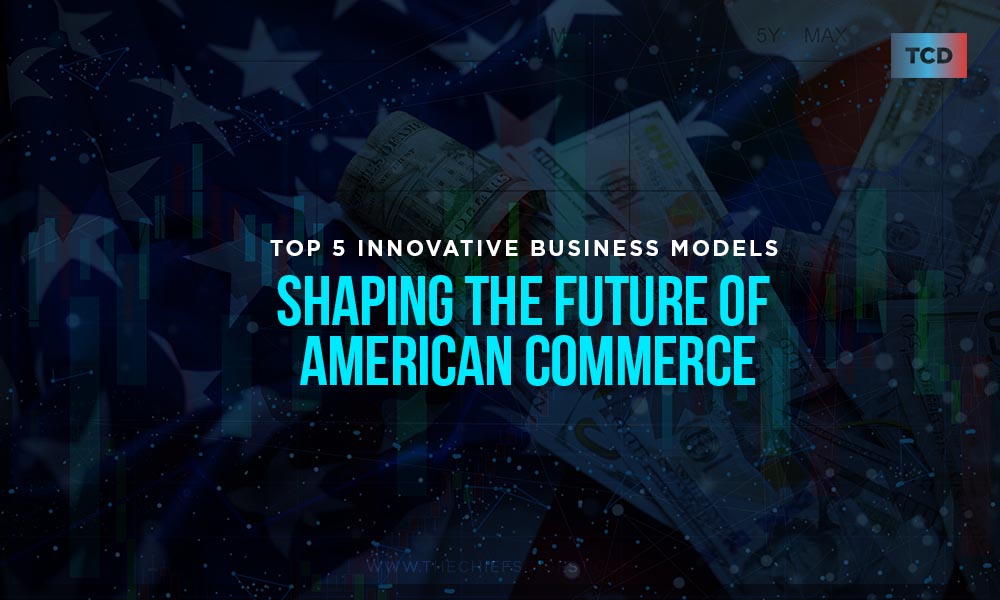In this blog, we have the most common and successful business models followed by large and successful enterprises. Every business or company makes a plan for generating profit. They create a model for identifying products and services to sell, the market they want to target, and also consider anticipated expenses. These are known as business models.
Irrespective of the establishment of the business, plans are required to be made. For this, businesses regularly need to update their plans and strategy according to the latest market trends and by taking the challenges into account for their future models.
Why are business models important?
A company’s consumer base can be targeted with the aid of the business model. It aids in developing marketing plans and budget projections while taking into account the various business models and target markets. To understand the company’s competitive advantage, every investor needs to evaluate the business model. Investors can make greater sense of financial data by understanding the business model. Investors can gain a comprehensive understanding of the company’s products, business strategy, and prospects by evaluating the business model.
What Do-Successful Business Models look like?
Peter Drucker, also known as the father of management, quotes that a business model is “supposed to answer who your customer is, what value you can create for the customer and how you can do that at reasonable costs.” In other words, a business model defines how a company will create, deliver and gain value for the customers—and for itself.
It is mainly a conceptual structure that defines what the business offers, how it offers it, who is the target audience, and how it achieves its goals.
The three major elements of successful business models are:
- Designing and manufacturing the products.
- Selling and distributing the product to the right customer.
- How the customer will pay for the product and how the company will generate revenue.
Every process and policy that a company follows is a part of its business models, such as customer interface, value network, and resources!
7 Most Common and Successful Business Models
- The Bundling Model

It is one of the most successful business models in which several products are packed together and sold as a single item. By grouping the items together, you can get customers to purchase more products at once, which raises your average order value. Moreover, business owners can also use this model to clear all the dead stock.
One of the classic examples of the bundling model is the Happy Meals served by McDonald’s. Instead of selling french fries, burgers, and a beverage separately, McDonald’s sells them as a combination, leading to more sales.
- The Dropshipping Model

If you want to keep your costs as low as possible while starting a business, and you aren’t too concerned about margins, then dropshipping is the way to go. In this model, you don’t purchase your inventory upfront. Instead, you buy it from a third party and get it shipped directly to the customer. As you’re not carrying any inventory, the startup cost becomes extremely low. There is less risk in terms of financial loss as well because you won’t be holding any items that you can’t sell.
Moreover, the suppliers will take care of the picking, packing, and shipping of the product. So, this business model provides convenience and efficiency and allows you to manage the business from anywhere.
- The Crowdsourcing Model

As the name suggests, in the crowdsourcing business model, the ‘crowd’ is the source of the business. Crowdsourcing is also one of the most popular and successful business models used by business owners. There are two common types of crowdsourcing – crowdsourcing data, open-source software and crowdfunding.
Crowdfunding is a method of raising money from a large number of people, such as to finance a new business venture or a project. In return, the investors might get a few special perks such as early access to the product.
- The Freemium Model

In Freemium Model, the company offers a product with basic features – free of charge. However, to access the premium features of the product, you are required to pay a subscription fee. The idea behind this successful business model is that once customers fall in love with the free version, they will convert into paying customers. Even if they don’t, they still act as a magnet to attract more premium customers.
- The Direct-To-Consumer (DTC) Model

In the direct-to-consumer model, you sell your products directly to the customers. There are no wholesalers, middlemen, or third-party retailers involved in the process. With the multichannel retailer model slowing down, the DTC model has gained a lot of traction in recent years. Warby Parker, Casper, Barkbox – all these brands have one thing in common, i.e the DTC model.
As DTC businesses have a direct relationship with the customers, they can build a loyal customer base, boost the customer lifetime value, and increase profitability over time. Furthermore, you can get real insights into valuable data such as the preferences of the consumers and their needs, which will enable you to optimize your existing products and build better offerings.
- The Franchise Model

Of all the different types of business models out there, you might be the most familiar with the franchise model. After all, we see (and visit) franchise businesses frequently in our daily lives. A franchise is purchased and reproduced by a person known as the ‘franchisee’, under the brand and trademark owned by the ‘franchisor’.
Basically, a franchisee uses the brand name and trademark of the franchisor and sells the products and services of the franchisor. The franchisee is required to pay the franchisor a percentage of the profits. Most common and popular examples of the franchise model are Starbucks, Domino’s, Subway, McDonald’s, Dunkin Donuts, Hertz, and the UPS Store.
This concludes our list of successful business models. You don’t need to operate on any one of these business models. Instead, you can combine a few of them together, depending on the needs of your business.
Read Our Latest Blog:











